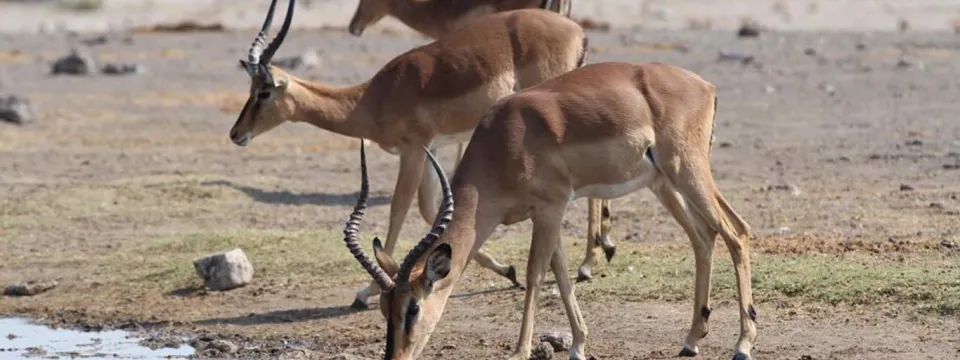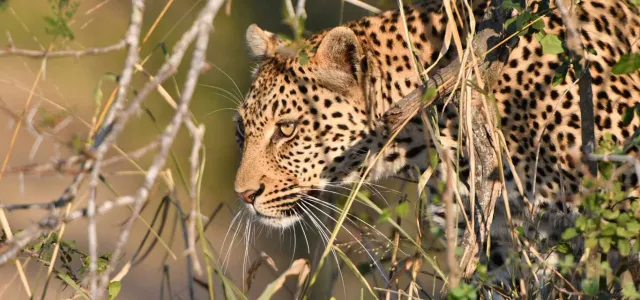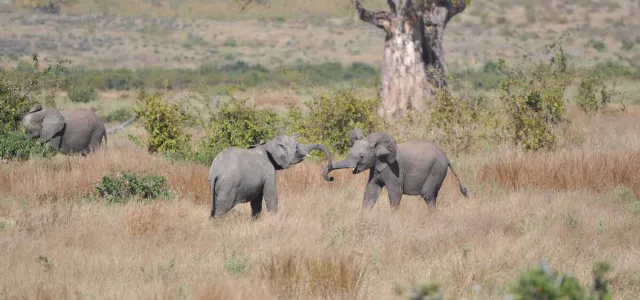Dr. Katie Delk, Associate Veterinarian, North Carolina Zoo
When people find out that I’m a zoo vet, the first question they always ask me is, which types of animals I work with, and my answer is always the same: all of them! Zoo veterinarians have to know how to work with every species of animal, from the friendly rabbits to the skittish antelope. Working with such diversity of species is one of the most fascinating parts of my job, but also one of the most challenging. Often, just figuring out how to get close to my patients is tricky. Unlike the vet who works on your pet dog or cat, we can’t work on most of our patients without anesthesia, because despite being in a zoo they are still very wild. Using anesthesia helps decrease the stress on the animals and makes our procedures safer and more efficient, for both the people and animals involved.
The type of drugs and the doses we use for anesthesia depend on the particular species of animal we’re working with, and there are still a lot of species where anesthesia has not been tested and protocols could be improved. One such species is the black-faced impala. These animals are genetically distinct from common impala and are endemic to Namibia, where only an estimated 3,000 - 4,000 individuals remain. In order to protect and conserve this vulnerable species, they need to be translocated (the managed movement of live animals from one location to another) away from areas of poaching or inadequate resources.
Translocation involves darting the impala with anesthetic drugs, often in remote areas with limited support, which can be dangerous to the animals. The North Carolina Zoo has partnered with the Ministry of Environment and Tourism of Namibia to evaluate and improve anesthetic protocols used during translocation in Etosha National Park, which, in turn, will provide a safer experience for the animals
Our collaborators in Namibia are experts on working with black-faced impala in the field, but working in such a remote location makes it difficult to use the monitoring equipment that we typically use here at the zoo. Fortunately, I am able to bring some small portable machines with me that analyze the impala’s blood and tell us how they are tolerating the anesthesia. By combining our observations of the impala’s behavior after darting with the information provided from a tiny blood sample, we can collect a huge amount of information. So far we have tested three different anesthetic combinations in Etosha, and the results are very promising. We are really hopeful that the data we are collecting can be used by veterinarians around the world who work with impala, and give them safer ways to anesthetize them. Stay tuned for my next post, where I'll talk about what a typical day of impala field research looks like.




